We Know How Many Galaxies There Are
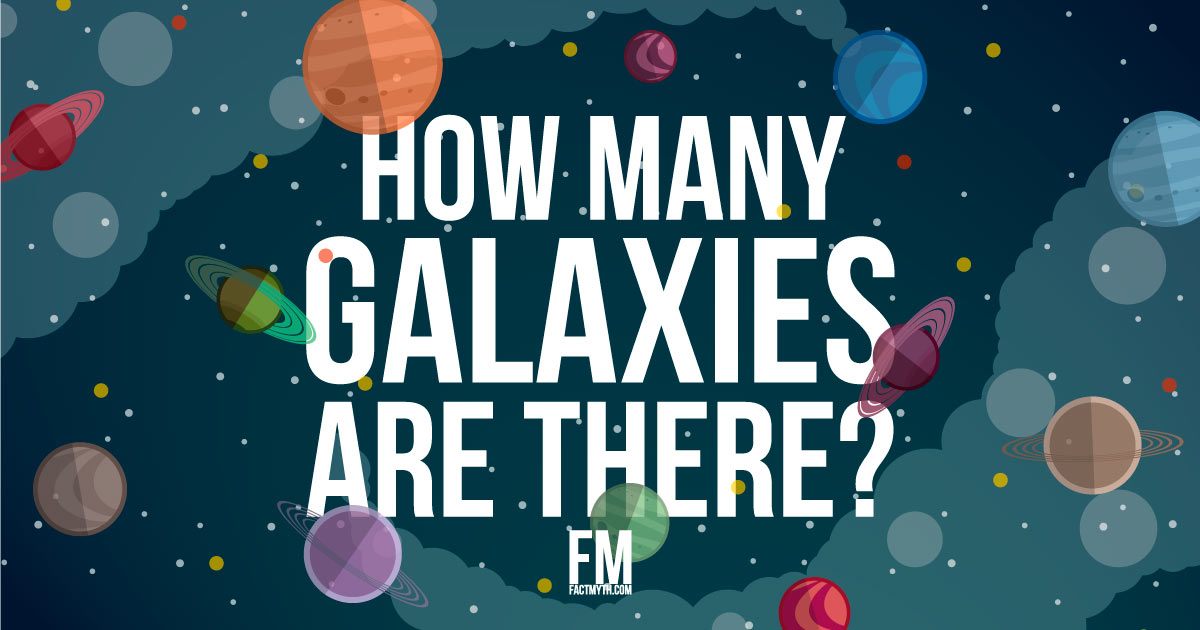
We don’t know exactly how many galaxies there are in the visible universe, but low estimates based on Hubble data start at 100 billion.
Astronomy is a natural science which studies celestial objects and their relation to the universe.

We don’t know exactly how many galaxies there are in the visible universe, but low estimates based on Hubble data start at 100 billion.

Aspects of astrology are rooted in the science of astronomy and the academic tradition, but today astrology is considered a pseudoscience.
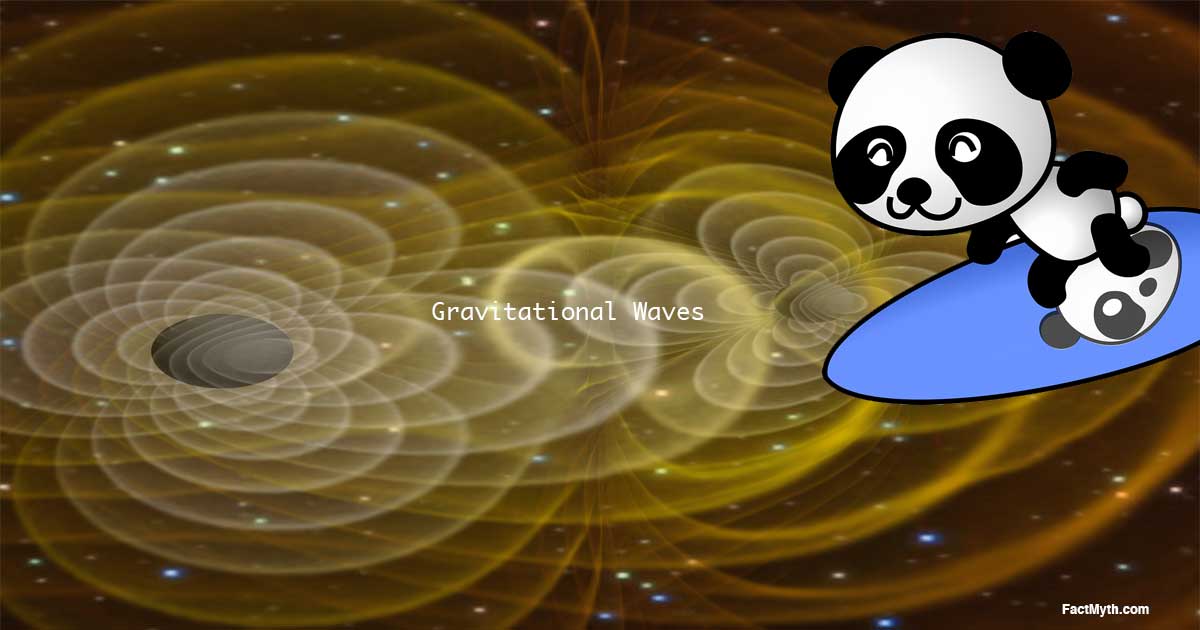
Gravity is the result of the curvature of spacetime by matter. Non-symmetric acceleration of matter produces gravitational waves that ripple across the universe at light speed.
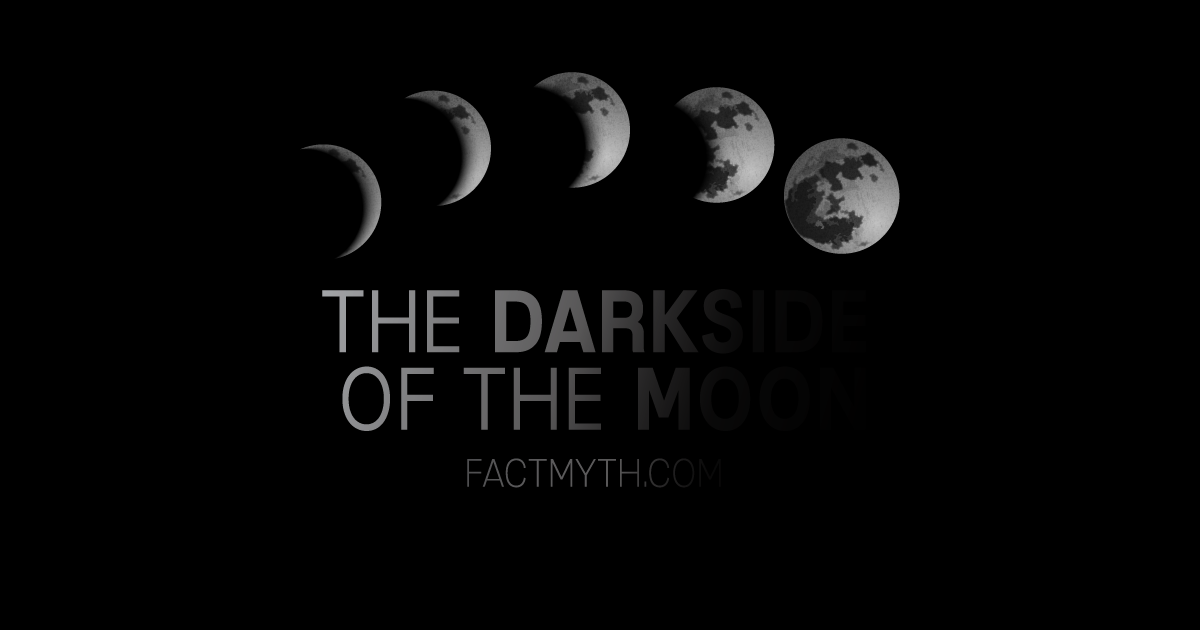
The “Dark Side” of the moon is not actually dark. Every month, it gets two weeks of sunlight and two weeks of darkness, just like the rest of the moon.

The Earth is not flat; the Earth is an oblate spheroid (a bumpy sphere with a fat equator and skinny poles). There are many ways to prove the earth’s geometry.
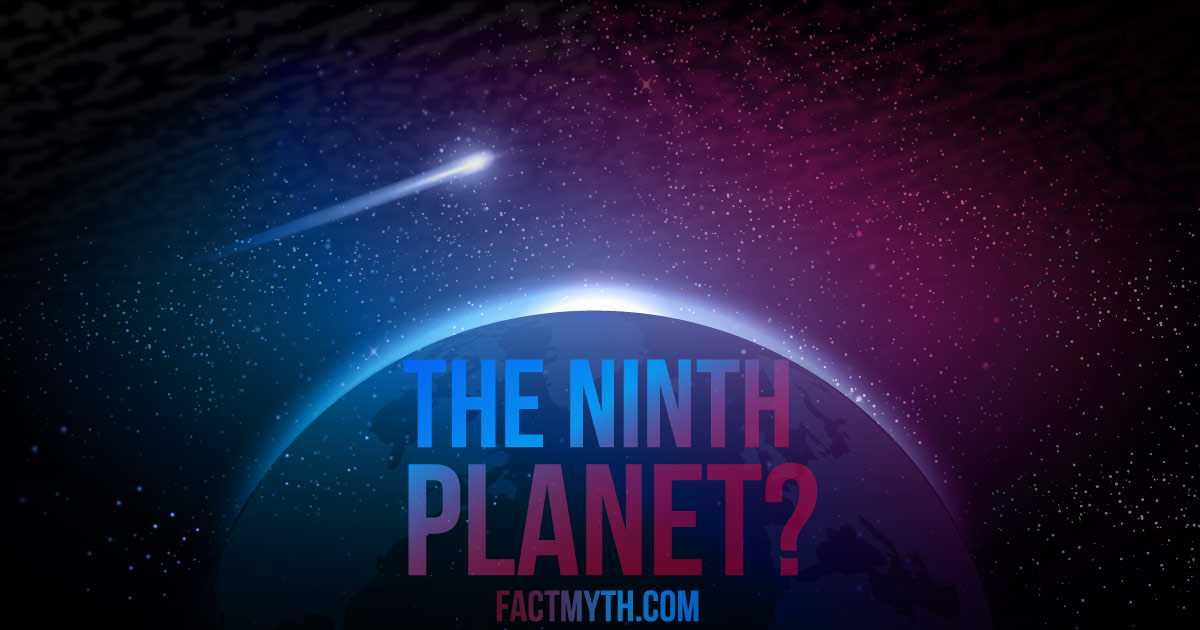
There are 8 known planets in our solar system, indirect evidence of a 9th as of 2016, 5 major dwarf planets including Pluto, and many smaller dwarf planets.
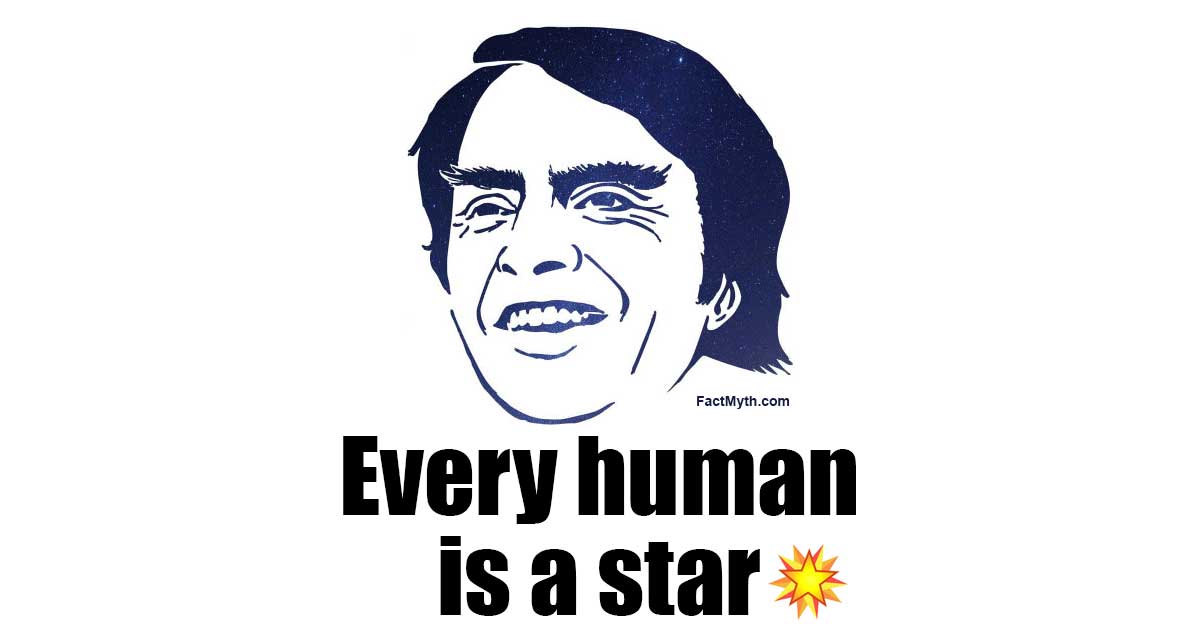
As Carl Sagan correctly stated, “we are made from star stuff”. The elements in our body, and everywhere else were transformed by nucleosynthesis in stars.
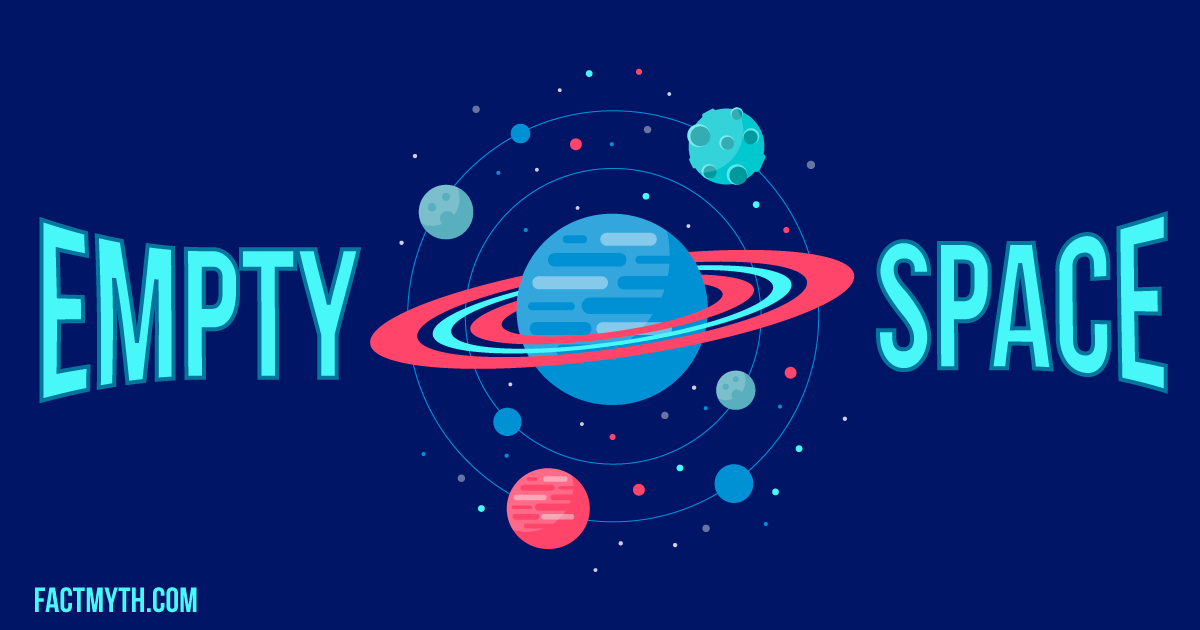
The universe and everything in it, including humans, is mostly “empty space.” However, space is not actually “empty,” it’s filled with quantum fields and dark energy.
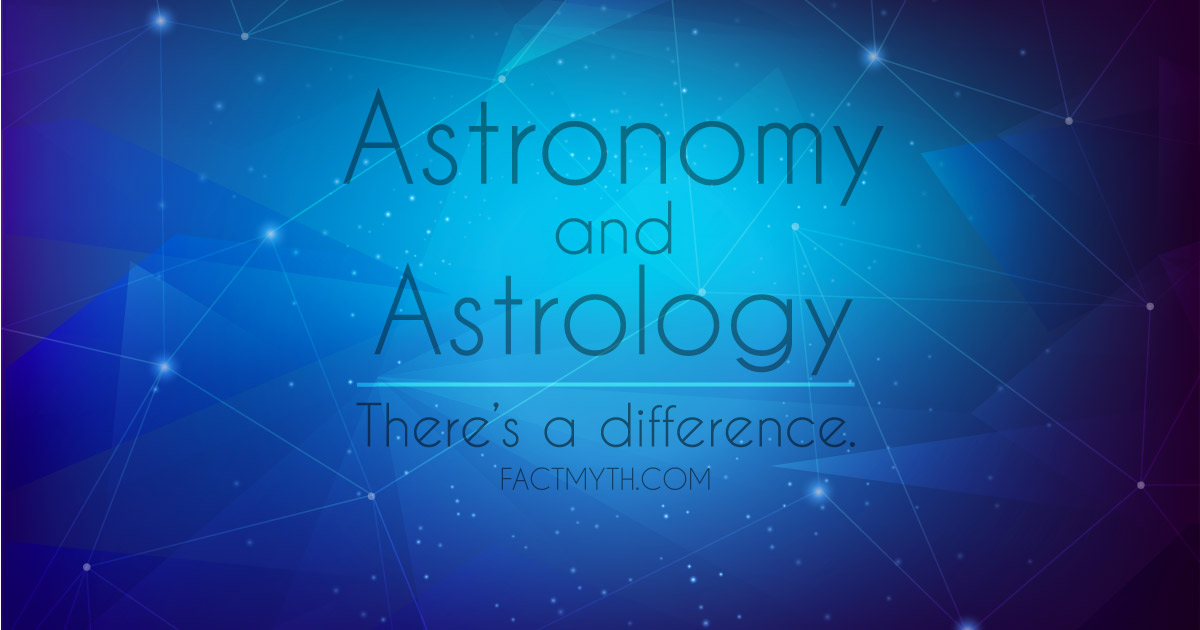
Astronomy is a science that studies celestial objects and the physical universe. Astrology is a pseudoscience that studies celestial objects to predict events.

The telescope is credited to Hans Lippershey in 1608. The following year Italian astronomer Galileo Galilei began making improvements to its design.